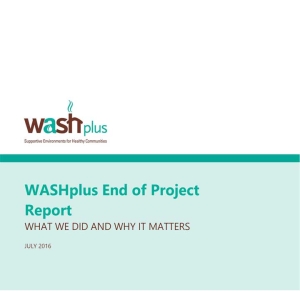Methods to reliably estimate faecal sludge quantities and qualities for the design of treatment technologies and management solutions
Sanitation access in urban areas of low-income countries is provided through unstandardized onsite technologies containing accumulated faecal sludge. The demand for infrastructure to manage faecal sludge is increasing, however, no reliable method exists to estimate total accumulated quantities and qualities (Q&Q) This proposed approach averages out complexities to estimate conditions at a centralized to semi-centralized scale required for management and treatment technology solutions, as opposed to previous approaches evaluating what happens in
individual containments. Empirical data, demographic data, and questionnaires were used in Kampala, Uganda to estimate total faecal sludge accumulation in the city, resulting in 270 L/cap∙year for pit latrines and 280 L/ cap∙year for septic tanks. Septic tank sludge was more dilute than pit latrine sludge, however, public toilet was not a distinguishing factor. Non-household sources of sludge represent a significant fraction of the total and have different characteristics than household-level sludge. Income level, water connection, black water only, solid waste, number of users, containment volume, emptying frequency, and truck size were predictors of sludge quality. Empirical relationships such as a COD:TS of 1.09 ± 0.56 could be used for more resource efficient
sampling campaigns. Based on this approach, spatially available demographic, technical and environmental (SPA-DET) data and statistical relationships between parameters could be used to predict Q&Q of faecal sludge.
Related products
PARTNER

Contact-us
Abidjan – Ivory Coast Cocody Riviera Palmeraie
Tél. : (+225) 27 22 49 96 11 / 27 22 49 96 13 – Email : contact@afwasa.org







